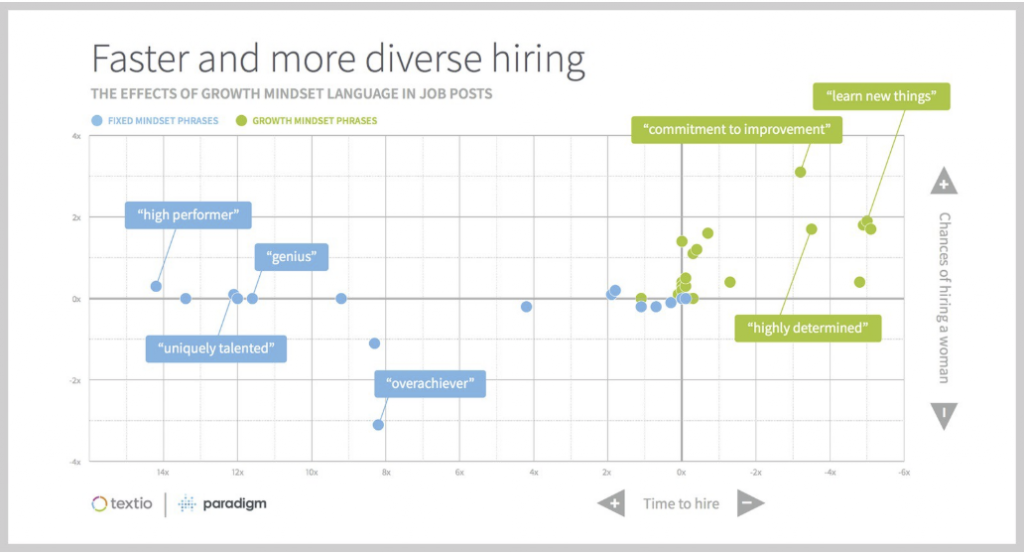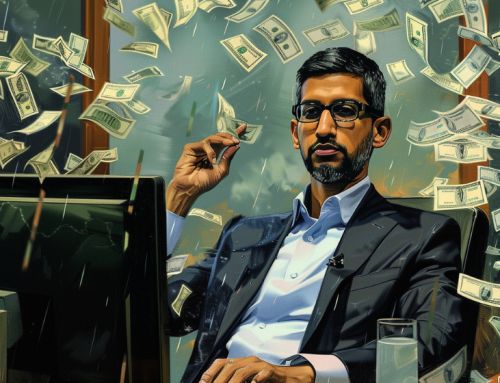Selecting Diverse Tech Employees Seen as Boon for Companies
Jeff Bezos’ first ad for Amazon employees represents the tech “bro” mindset in all of its chauvinistic glory. A company that is seeking to improve diversity hiring through AI algorithms, examined the 25-year-old ad and found it exhibited the kind of aggressive wording that is often a turn-off to prospective women employees.
The “ad would rate ‘very weak’ by today’s standards and even offers an early illustration of how tech ended up as such a male-dominated industry,” according to a story on Geekwire.com. The story quotes an article from CNBC.com describing how the advertisement may have helped to shape the company.
It says, “You must have experience designing and building large and complex (yet maintainable) systems, and you should be able to do so in about one-third the time that most competent people think possible.” It continues with: “Candidates should “expect talented, motivated, intense and interesting co-workers.”
His guidelines for hiring, described in a shareholder letter, were three questions: 1. “Will you admire this person?” 2. “Will this person raise the average level of effectiveness of the group they’re entering?” 3. “Along what dimension might this person be a superstar?” The company still uses those standards today, though perhaps with more dimension added to the questions.
According to a story on Textio.com, a company which makes an augmented writing platform used to optimize job posts to get more qualified and diverse applicants, it’s clear by measuring the statistical performance of certain phrases as to how well the company attracts a diverse workforce. A focus on existing talents may discourage those who might be capable of quickly developing those talents and growing within a company. A “growth mindset,” rather than one that expects instant “brilliance” attracts women more than men, who are more likely to overestimate their abilities.
“When the company portrayed a fixed mindset, women trusted the company less. One reason for this is because they believed that management at the fixed mindset company would be more likely to stereotype them.”
Textio, founded by former Microsoft executives Kieran Snyder and Jensen Harris in 2014, used its AI to analyze Bezos’ original ad at GeekWire’s request.
“Our language reveals what we truly value as a culture, and gets responses from people who value the same,” Snyder told Geekwire. “It seems like Jeff’s ad worked for him to build exactly the company he wanted to build — not so different from Amazon today,” she said, adding that Amazon uses the phrase “competing” six times more often than the rest of the tech industry, and “extreme” five times more often. “Both phrases statistically attract more men to apply for open roles.”
According to a story on FastCompany.com, the advantages of focusing on diversity in hiring beyond gender, race and sexual orientation are that people bring valuable experiences to the workplace that have greater benefits than seem possible on the surface. Those diverse qualities include age, geography, class, trauma, upbringing, beliefs, family structure, and other influences from life experience. When companies hire a diverse workforce, it can lead to:
- Deeper appreciation for the value and different perspectives of all involved.
- Increased openness, improved teamwork, and more inclusive solutions.
- Recruitment, hiring, and training practices where workforces truly embrace diversity.
Companies have an array of programs they can use to help build a diverse workforce, though most are admittedly more low tech. For instance, Class Action, a Boston nonprofit, works with educational organizations and nonprofit organizations to incorporate the idea of class into diversity. The Race Card Project asks people to share their identity in six words, providing rich insights. Include-Empower consulting firm encourages the inclusion of Lived Experience for its hiring in Australia. Your American Dream Score is another tool companies have found valuable in diversity work.
Amazon has admitted in the past that it could do better in terms of diversifying its workforce, especially at the executive level.

Textio tracked how “growth mindset” language helped to diversify hiring in terms of gender.








Leave A Comment